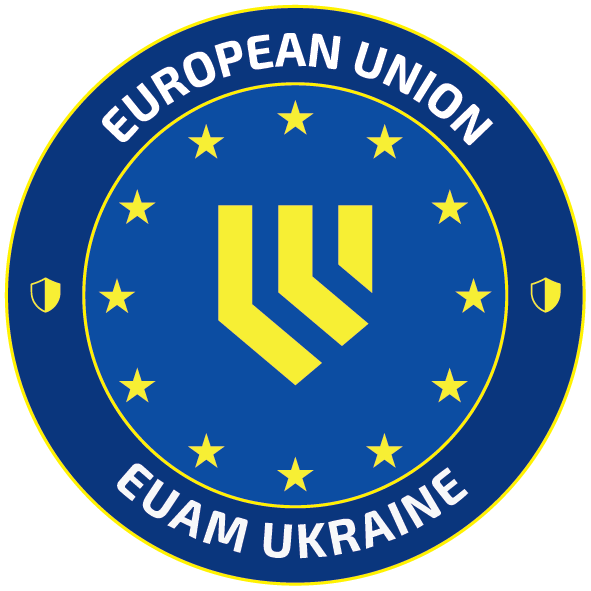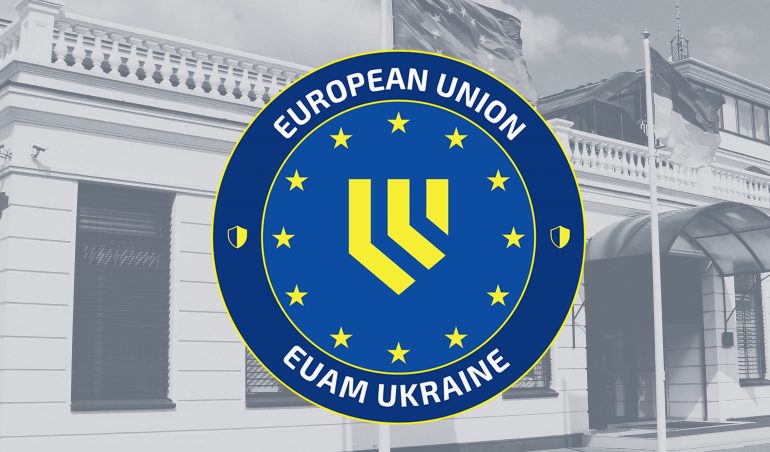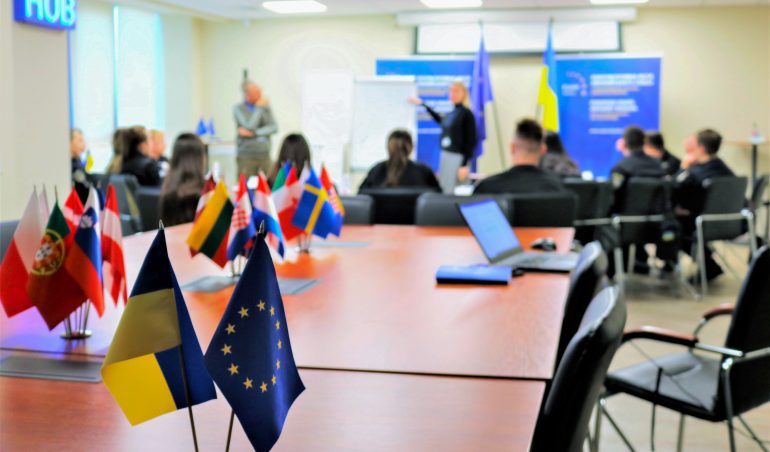EUAM Task Force on Digital Transformation and Innovation
September 18, 2020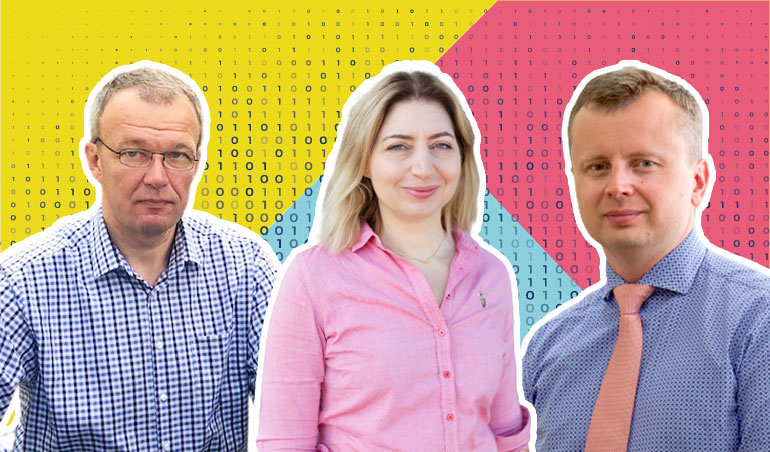
The European Union Advisory Mission Ukraine (EUAM) recognizes the importance of digital transformation and has supported related activities across the civilian security sector for years. To assist its Ukrainian partners to cope with the challenges that arose following the outbreak of COVID-19, the Mission furthermore established a Task Force on Digital Transformation and Innovation, to align its advice and support activities to the new realities.
The world is changing faster than ever before. New technologies and increased access to them are transforming the way we live and work. COVID-19 has accelerated this trend and put a spotlight on the need to use technology in a way that assists both citizens and governments to continue interacting and working effectively in times of major restrictions.
Kirsten Joppe, Head of EUAM’s Good Governance Unit and Coordinator of the Mission-internal Task Force on Digital Transformation and Innovation, looks at the broader context of digital transformation activities. Her team colleagues, Vygantas Ivanauskas, Senior Adviser on Communications and Information Systems, and Iurii Chumak, Information and Communication Technology (ICT) Governance Officer, provide examples of how the Mission supports its beneficiaries in this challenging time.
Why did issues relating to digitalisation become so important in the past six months?
Kirsten Joppe: Rapid technological progress is having a substantial impact on any society, including on how law enforcement agencies operate and interact with citizens. Ukraine had been prioritizing digitalisation activities already before the recent developments. Ukraine is also a quite tech-savvy country. Due to COVID-19, this trend has accelerated, and citizen-oriented technical solutions have become more urgent.
How exactly can technological development be beneficial for citizens?
Kirsten Joppe: For example, it is important that citizens can continue interacting with Public Service and in particular executive agencies even during times of quarantine, enabling them to have access to administrative services. Technology that aims at the citizens’ needs and takes into account data protection, human rights and good governance principles such as openness, participation, accountability, transparency, effectiveness and coherence can have a truly transformative and stabilising effect on societies. Therefore, I believe we should think beyond a narrow understanding of “digitalisation” and adopt a more comprehensive approach that views technology as a means to achieve a sustainable and positive transformation of society.
What is the difference between “digitalisation” and “digital transformation”?
Vygantas Ivanauskas: There is no agreed definition of the terms “digitalisation” and “digital transformation”. Digitalization usually refers to a deeper technological impact on business models or work processes than for example “digitisation” which may, for example, relate to work optimization or transforming paper to electronic files. Digital transformation, on the other hand, is a broader term that highlights the transformative character of technology, including on people. For example, digital transformation in Law Enforcement Agencies (LEAs) can include all aspects of LEA’s business (duties), like new business models in the area of public security, mobile applications, process digitisation, staff enablement, performance, and more.
Kirsten Joppe: In our context, digital transformation looks beyond single, smaller projects and refers to the transformative character of technology aimed at sustainable change for the whole society. True transformation should therefore not only be beneficial for privileged parts of the population. It should provide opportunities for all parts of society, enable equal access to e-services, information, etc. Therefore, it is of utmost importance to include civil society in digitalisation activities. For example, the government should actively seek civil society involvement when developing e-services for citizens to ensure that they are designed in a way that ensures the needs of citizens are met, which will ultimately enhance trust-building when done properly.
Vygantas Ivanauskas: I should also clarify that when information and communication technology (ICT) is applied to deliver government services to citizens, this is often referred to as electronic governance (or “e-governance”). However, e-governance can also refer to e-services between government and its employees, or between the government. Even if the services are not delivered directly to the citizen, they can indirectly benefit from them.
What does that mean?
Vygantas Ivanauskas: Human Resources Information Management Systems (HRMIS) within government institutions is a good example. A modern HRMIS improves the effectiveness of human resources processes, which enriches the performance of the agencies towards citizens. EUAM is supporting the National Police of Ukraine (NPU) to develop a modern HRMIS. The NPU will not only receive a modern IT solution but they will also be obliged to transform their HR business processes and as a consequence become more effective, transparent, less costly for taxpayers, and have a better managed organizational structure. This will positively impact the police’s service delivery to the citizens.
Does EUAM engage in other IT-related projects?
Iurii Chumak: Our support covers diverse activities within human resources, technology, and processes. This includes providing strategic and tactical advice, specialised training courses on ICT, project management, and cybersecurity, as well as the implementation of new IT solutions and modernization of ICT infrastructure. EUAM works closely with other international donors and organisations to ensure a coordinated approach as regards IT-related activities in law enforcement, taking into account interoperability and cybersecurity aspects.
An example of a recent and successfully implemented activity is the project “Enhancing NPU capabilities during the COVID-19 virus outbreak”. The Mission purchased and donated a video conferencing and chat platform to the police. This allowed the police to improve their communication capabilities within the organisation significantly when face-to-face communication became too risky during COVID-19.
How can EUAM help achieve transformative digitalisation?
Vygantas Ivanauskas: Technological solutions can help law enforcement personnel reduce response times, improve response effectiveness and ultimately save lives. Although traditional law enforcement methods will continue to be necessary, smart technology is becoming an essential component in modern law enforcement and public safety. The outcome is a safer environment for everyone. Therefore, such technology can have a transformative effect.
First of all, digital transformation, however, requires a strategy that, like any strategy, looks at the goals, the current situation and how to move forward on a transformational journey in a way that makes sense and connects the dots. EUAM recognizes the importance of digital transformation and offers its advice on the digital transformation strategies of its partners within the civilian security sector. Once a strategy is adopted, EUAM offers advice on the implementation of projects according to EU best practices and the latest IT technology.
Kirsten Joppe: Let us not forget that effective transformation should keep in mind citizen’s needs. As mentioned above, EUAM mainstreams good governance principles as well as human rights and gender aspects into our advice and support. This includes advising our partners to ensure an inclusive strategy development and implementation process that guarantees the participation of civil society in projects that directly or indirectly affect them.
And finally – what are the innovative aspects of all this?
Kirsten Joppe: Innovative methods can help integrate evidence-based decision-making and incorporate differing views. Techniques in psychology or foresight are only two of numerous techniques that can be employed during the design and implementation stages of digitalisation projects to ensure that decision-makers have due regard to the complex challenges of an ever-changing context. The Mission has been supporting innovative policy-making for years with our Leading the Change program. We are now adapting the program to the new circumstances. This is just another example of the need to embrace the new context swiftly and be flexible with our activities.
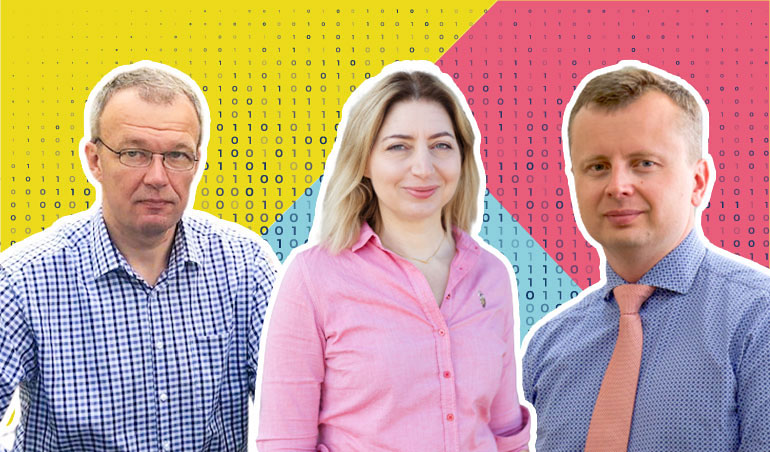
For an op-ed with Kirsten Joppe on the topic of digital transformation and innovation, please see: ZIF TECHPOPS
